Dinosaur Jr. live
Heidi and I saw Dinosaur Jr. play at Treefort Music Hall last night. We went downtown early and had dinner before the show so we kind of made a date night out of it.
Easy Action was the first opening band. I had never heard of them so I wasn’t sure what to expect. OMG. They were an old-school hardcore punk band with a bunch of old dudes. Lots of loud screaming and loud guitars. Heidi was dying, but was a good sport about it. hahaha Not exactly my cup of tea, either, but they were entertaining. I probably would have enjoyed them a bit more, but I was preoccupied with making sure Heidi was hanging in there. Luckily their set was pretty short.
Backing up a second…. Whenever I go to a concert that’s general admission, I usually want to be up at the front. Now days when I go to a show Heidi is usually with me so I end up dragging her to the front. She’s always game, but I think if it wasn’t for me she’d probably be hanging out in the middle somewhere. Anyway, we were like right up at the front when Easy Action came out and started ripping/screaming. I glanced over at Heidi and gave her a sheepish, “Sorry” look and we both started cracking up.
The next band was Snail Mail, whom we both really liked. I had listened to a few songs prior to the show so knew what to expect (unlike Easy Action). They played a pretty long set, which was cool. I was impressed with them and am looking forward to listening to more of their stuff.
After a short wait while the equipment was swapped out Dinosaur Jr. started playing. I was expecting a really loud show so I obsessed over getting good ear plugs for us in the weeks prior. I had never seen them live before, but everyone who has tends to say that they are extremely loud. So we had a few different ear plug options along. My ears weren’t ringing after the show so they definitely worked.
As for the band, I thought they sounded great, especially J’s guitar. The first half of the set was a lot of older songs, some of which I knew and some that I wasn’t too familiar with. But, of course, all of it was great. They played the stuff you’d expect and it was just so amazing to be up close and see them live.
When I was in high school in 1993 I was in a music store in Fargo and bought Where You Been. They let you sample CDs back then and after listening to a few songs I thought it sounded like something I’d be into. Who would’ve thought that I’d see them live over 30 years later. J Mascis is someone I really admire and he’s had a big influence on my life since I was in high school. It was a dream to see them in person – such a great night.
 Easy Action
Easy Action
 Snail Mail
Snail Mail
 J Mascis’ setup (yeah, it’s loud)
J Mascis’ setup (yeah, it’s loud)
 Dinosaur Jr.
Dinosaur Jr.
 J Mascis
J Mascis
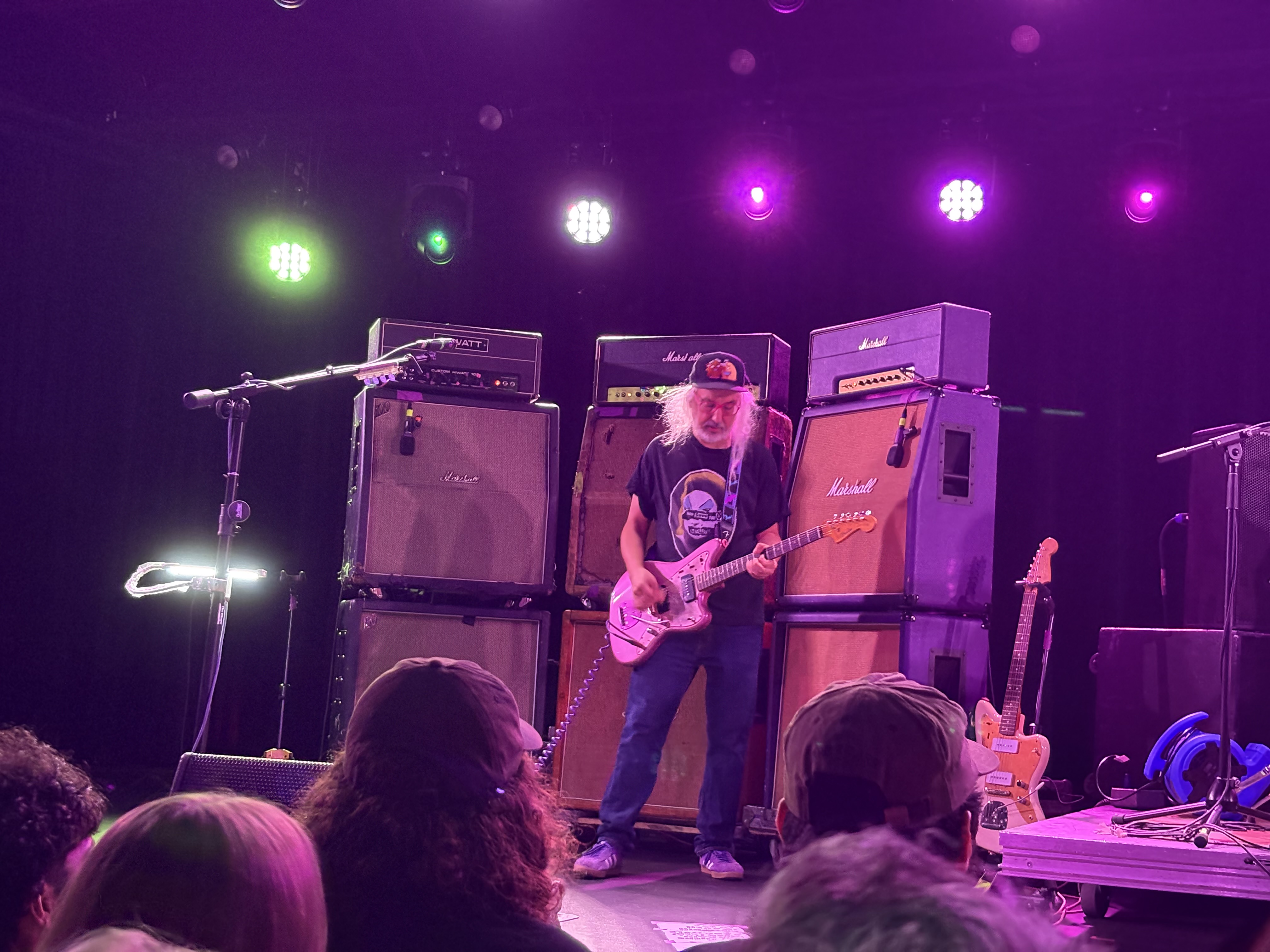 J Mascis ripping
J Mascis ripping
Lolo Trail
Last year I went on a camping trip through the Magruder Corridor with my dad and his friend Bill. We got the band back together this year and set our sights on the Lolo Trail (aka Lolo Motorway). We had some rain and a lot of clouds on last year’s trip, so I don’t feel like we were able to experience all the Magruder had to offer. However, this year’s trip was a different story – we had amazing weather. I’m not sure if that was the sole reason, but I kind of feel like the Lolo Trail was more scenic.
Both routes feel really remote at times, which is one of the reasons why they’re popular. The road condition is definitely a lot worse on the Lolo, though. Easy for me to say because I wasn’t driving, but I was happy the road was in poor condition. Bill’s brand new Raptor didn’t have any issues with it, but we were getting tossed around inside a bit, which forced us to slow down and spend more time on the route.
One of the things I love about bikepacking is the slow nature of it. It really allows you to fully experience and enjoy the area through which you’re traveling. Under normal conditions you lose most of that when you’re in a truck. But if the road is super crappy, like it was on the Lolo, and you can only go a few miles an hour, you get a lot of that slow travel back.
We spent almost two full days on the motorway, which was really great. We camped at Devil’s Chair the first night on the actual Lolo Trail and it was a really nice spot. Amazing views and a beautiful sunset and sunrise. The best camp spot, though, was at the Rocky Ridge Lake Campground. We were right on the lake and the weather was absolutely perfect.
It was a really fun trip with lots of laughs and amazing views. I was even able to test out some dehydrated meals I made at home, which were a success. :)
 Homemade dehydrated meals
Homemade dehydrated meals
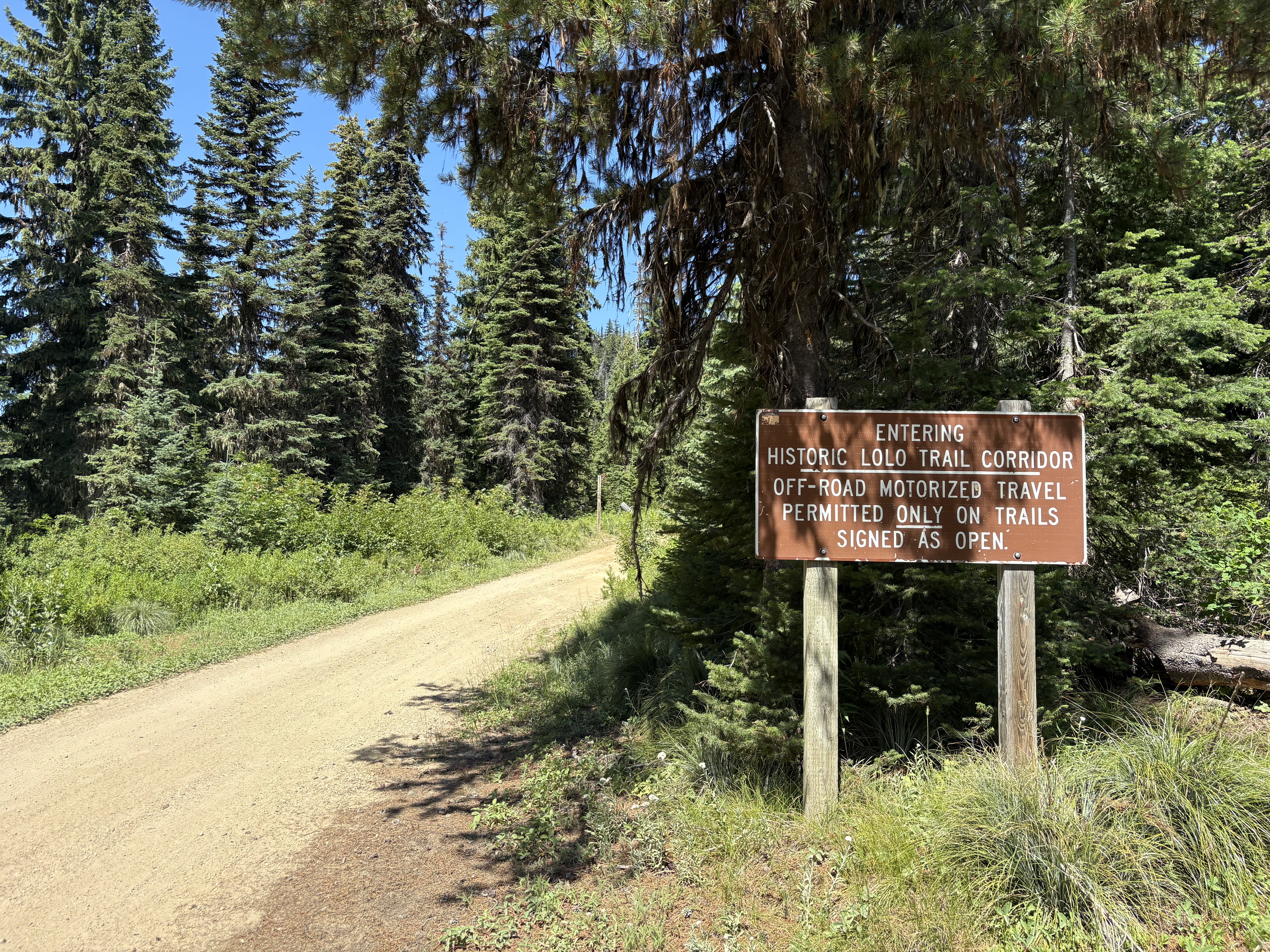 The start
The start
 Big views
Big views

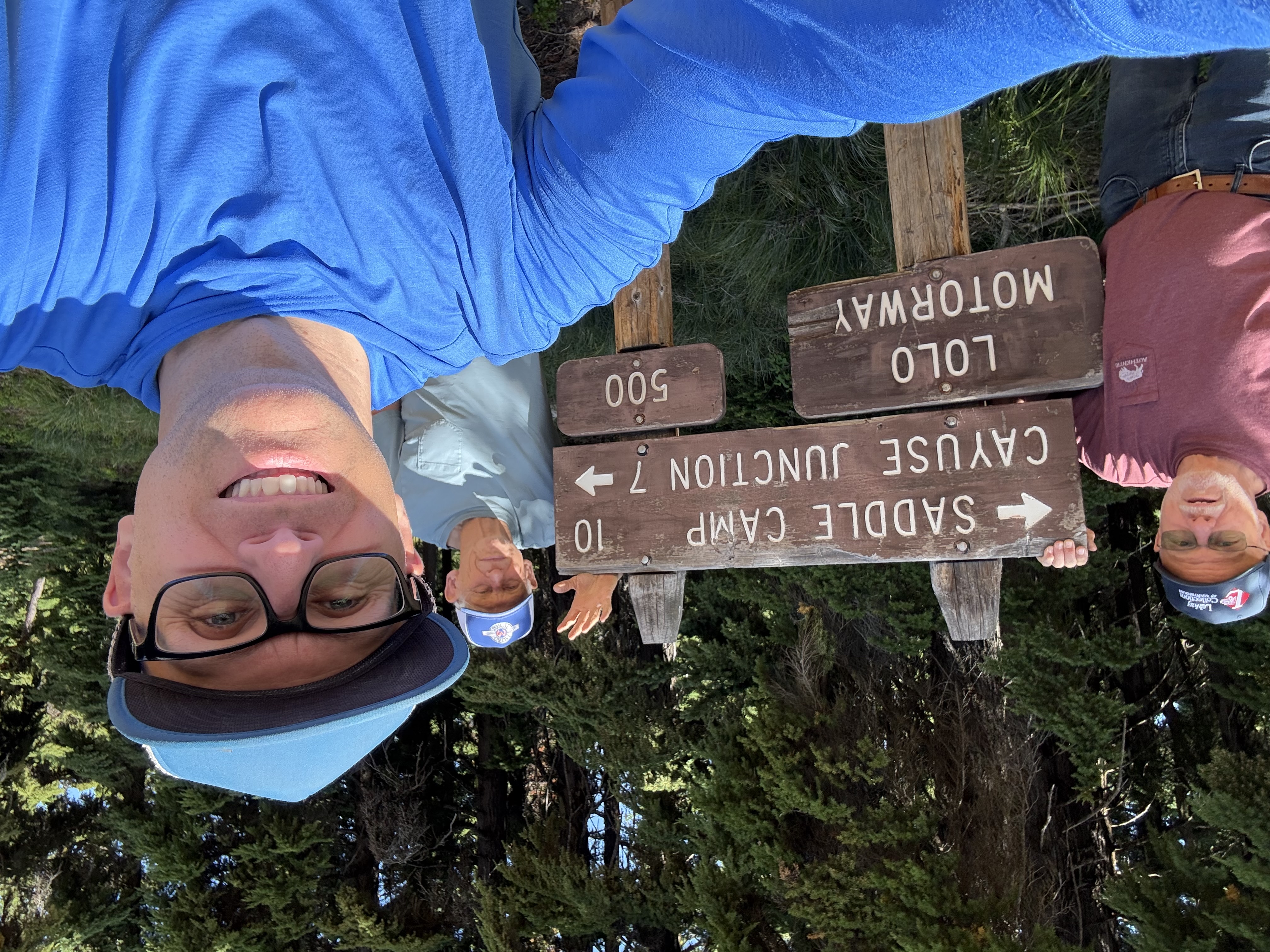 The gang
The gang
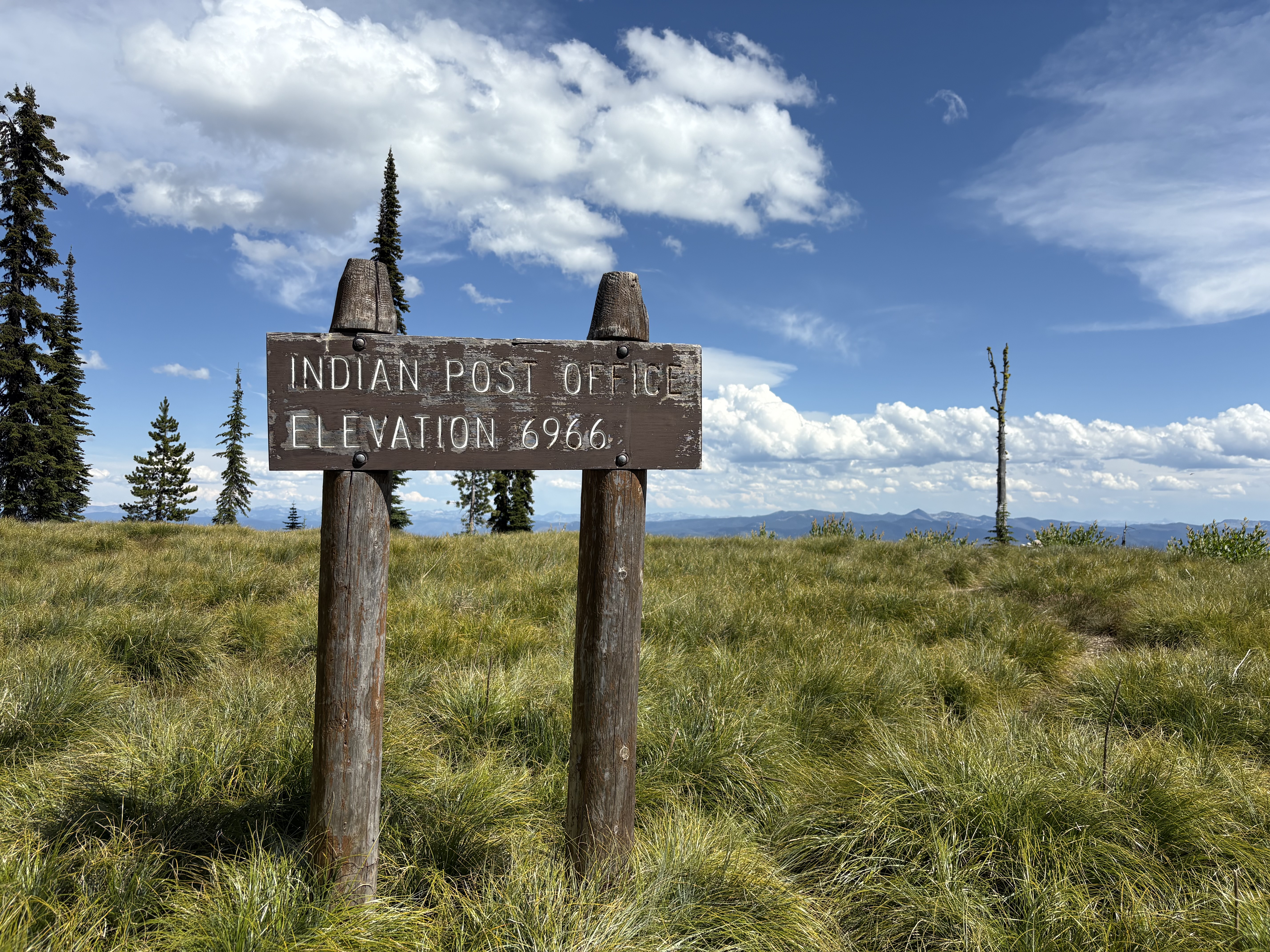 Indian post office
Indian post office
 Indian post office
Indian post office
 Lake overlook
Lake overlook
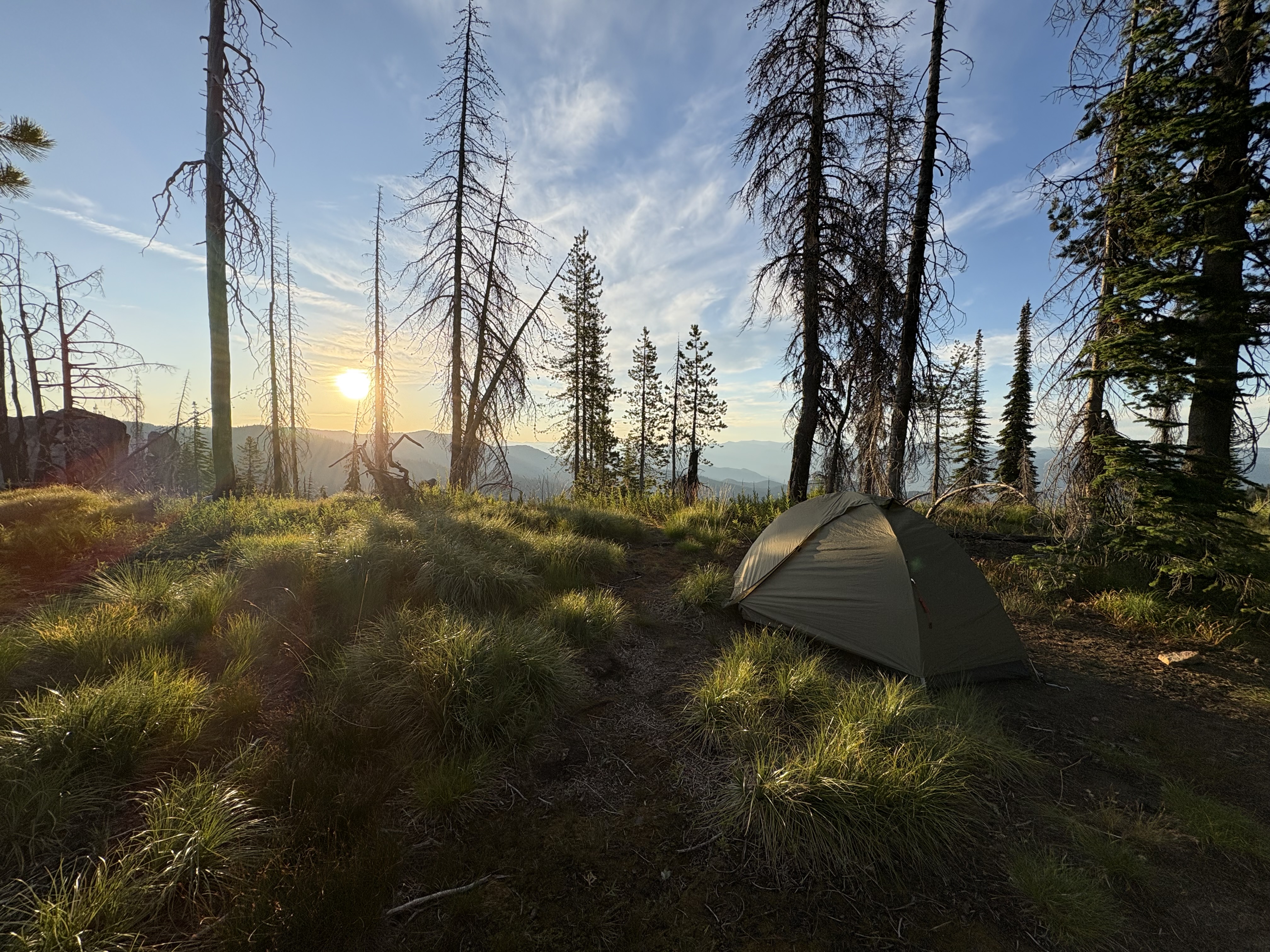 Devils Chair campsite
Devils Chair campsite
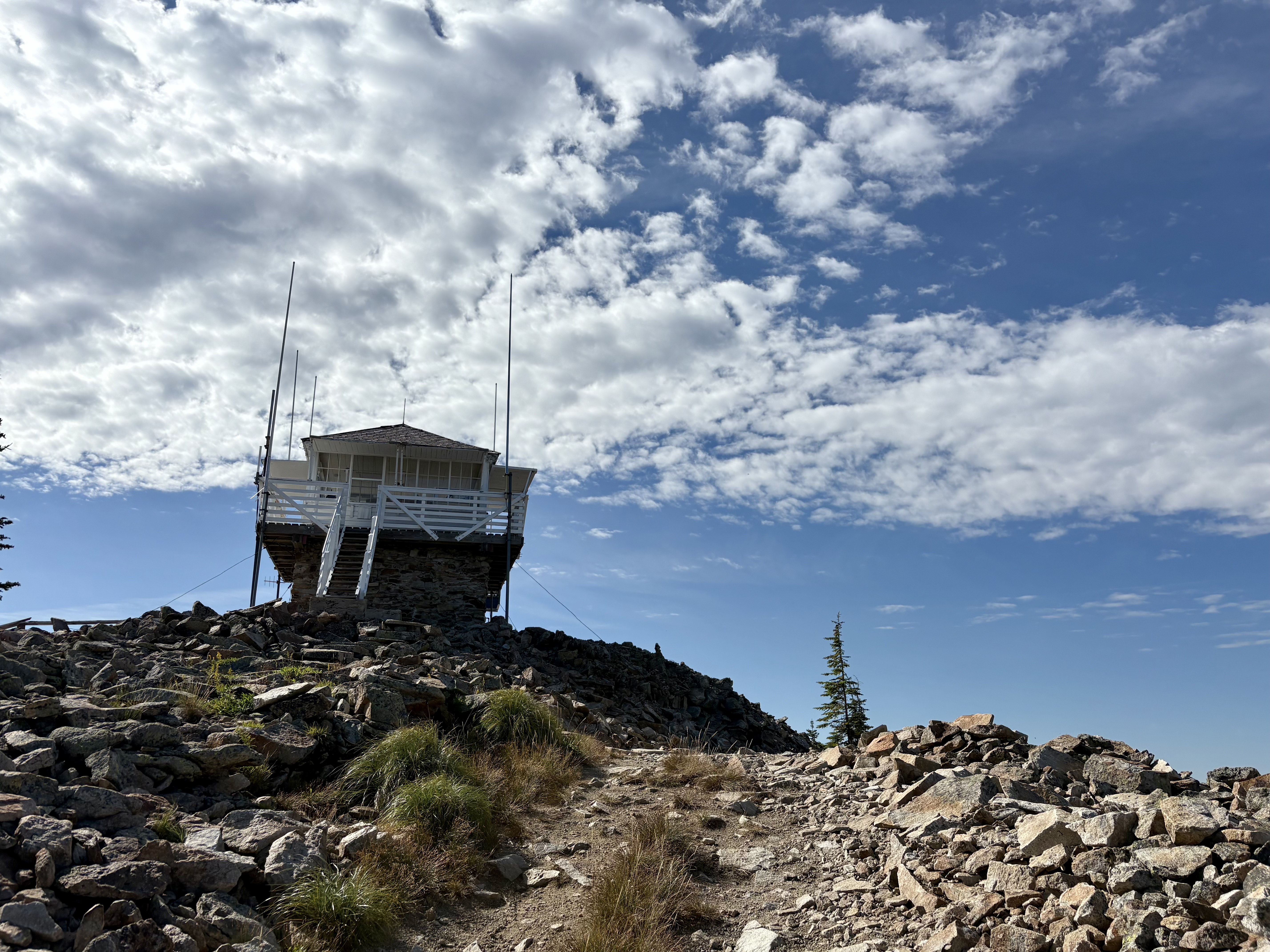 Castle Butte Lookout
Castle Butte Lookout
 Castle Butte Lookout
Castle Butte Lookout
 Rocky Ridge Lake
Rocky Ridge Lake
Khruangbin live
First the facts: we braved the heat (90+ degrees) and rode our bikes to the Botanical Gardens for the Khruangbin concert last night. We were there early so there was tons of available bike parking conveniently right near the entrance. It seems like they prioritize getting to the venue via bike so that was really cool. What’s cooler is that a lot of people did go by bike – the bike parking area when we were leaving was totally packed. Amazing. There was a lot of bike/walking traffic on the Greenbelt the first few miles out of the venue, but everyone was cool and with our lights we didn’t have any issues in the dark.
Show details: I was looking forward to the opening band, John Carroll Kirby, even though I didn’t really know anything about them. I just knew they had a guy playing flute so I figured it’d be like a weird jazz fusion thing. It was exactly that and, honestly, it was awesome. I’m usually not a big flute guy lol, but it worked and was so fun (everyone was pretty into it). Probably the perfect opening act for a band like Khruangbin.
As for Khruangbin, I’m still kind of processing it. They played the entire A La Sala album and then a bunch of older stuff afterwards. It was amazing – hard to put into words how tight they are live. DJ on the drums is amazing. Laura on the bass is amazing. And Mark on guitar? Probably up there as one of my favorite guitarists. So. Fucking. Good.
A couple days ago I read an article (can’t remember where it was from) about worthwhile things to spend money on. Live music was number one on the list and I couldn’t agree more. Shows (music, movies, plays, etc.) and books are two things that punch so much above their weight when it comes to value. I’m so thankful that we were able to see them live and will hopefully have the chance to do so in the future. In the meantime, a reminder for myself to go to more shows.
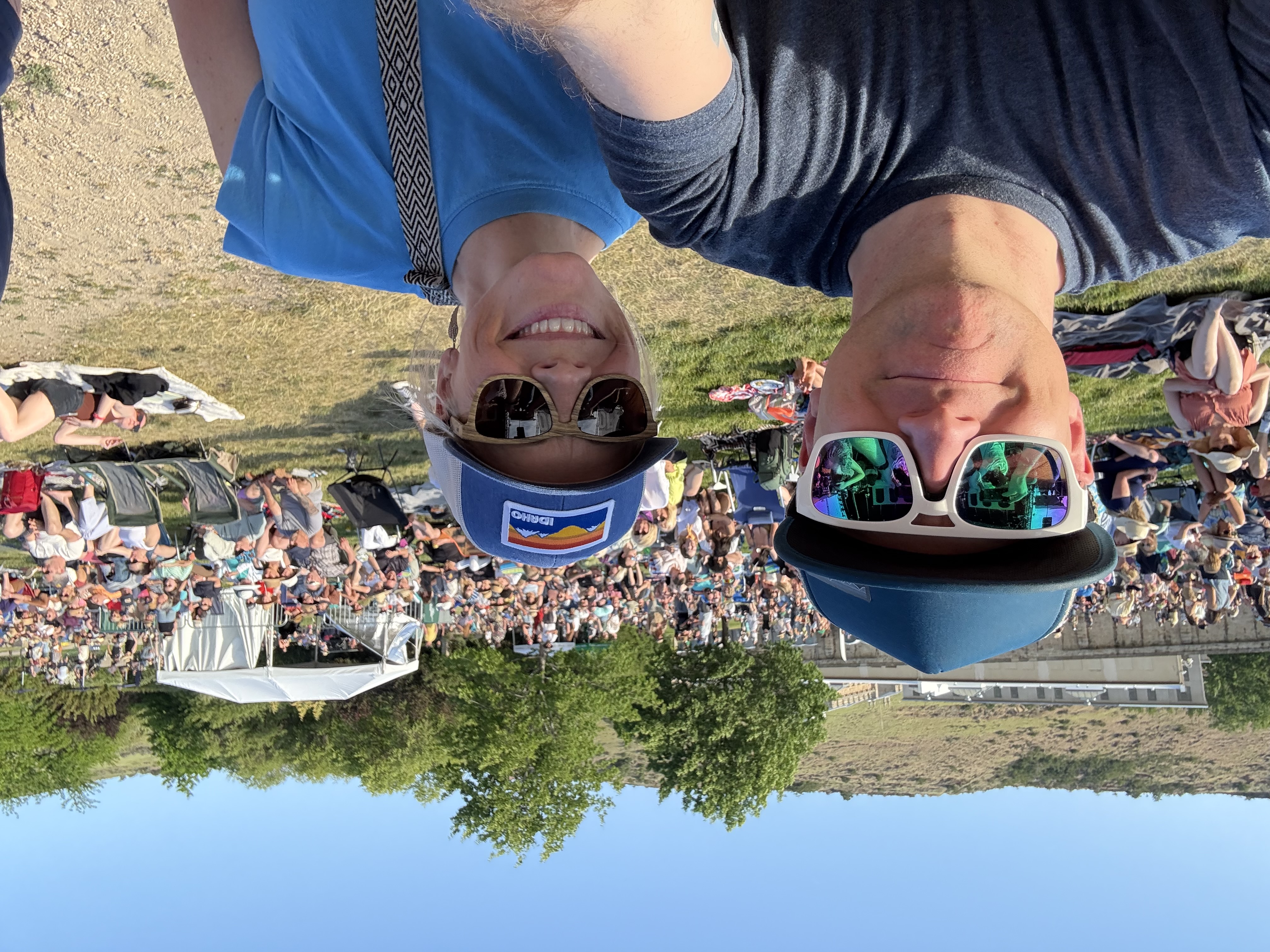 Nice glasses
Nice glasses
 John Carroll Kirby
John Carroll Kirby
 Laura Lee
Laura Lee
 Mark Speer
Mark Speer
 Khruangbin
Khruangbin
 Mark and Laura
Mark and Laura
 More Laura
More Laura
 More Mark
More Mark
Happy new year
Here’s to a good 2025 with lots of bike rides, good books, camping trips, and way less time spent on social media.
Bike refresh
Earlier this year I wrote that I wasn’t going to buy a new gravel bike and was just going to ride the Midnight Special all year. Haha, I guess that didn’t work out the way I planned as I ended up replacing nearly every bike we own this summer. So, four new bikes for us this year, which can be viewed as a good thing or a bad thing, depending on how you feel about bikes (or budgets).
I sold my road bike (Look 585), my Midnight Special, and both of our mountain bikes (Co-op DRT 2.1). To make up for those emotional losses I bought a Trek Checkpoint gravel bike and Trek Roscoe 8 hardtails for both Heidi and myself. I don’t have any plans to buy a new road bike and have just been using the Checkpoint for any road rides I do. I’m mainly just doing road stuff for fun/fitness (i.e., no group rides) and it’s been working well for that. As for the fourth bike, I picked up a Salsa Fargo and have been using that mainly for bikepacking.
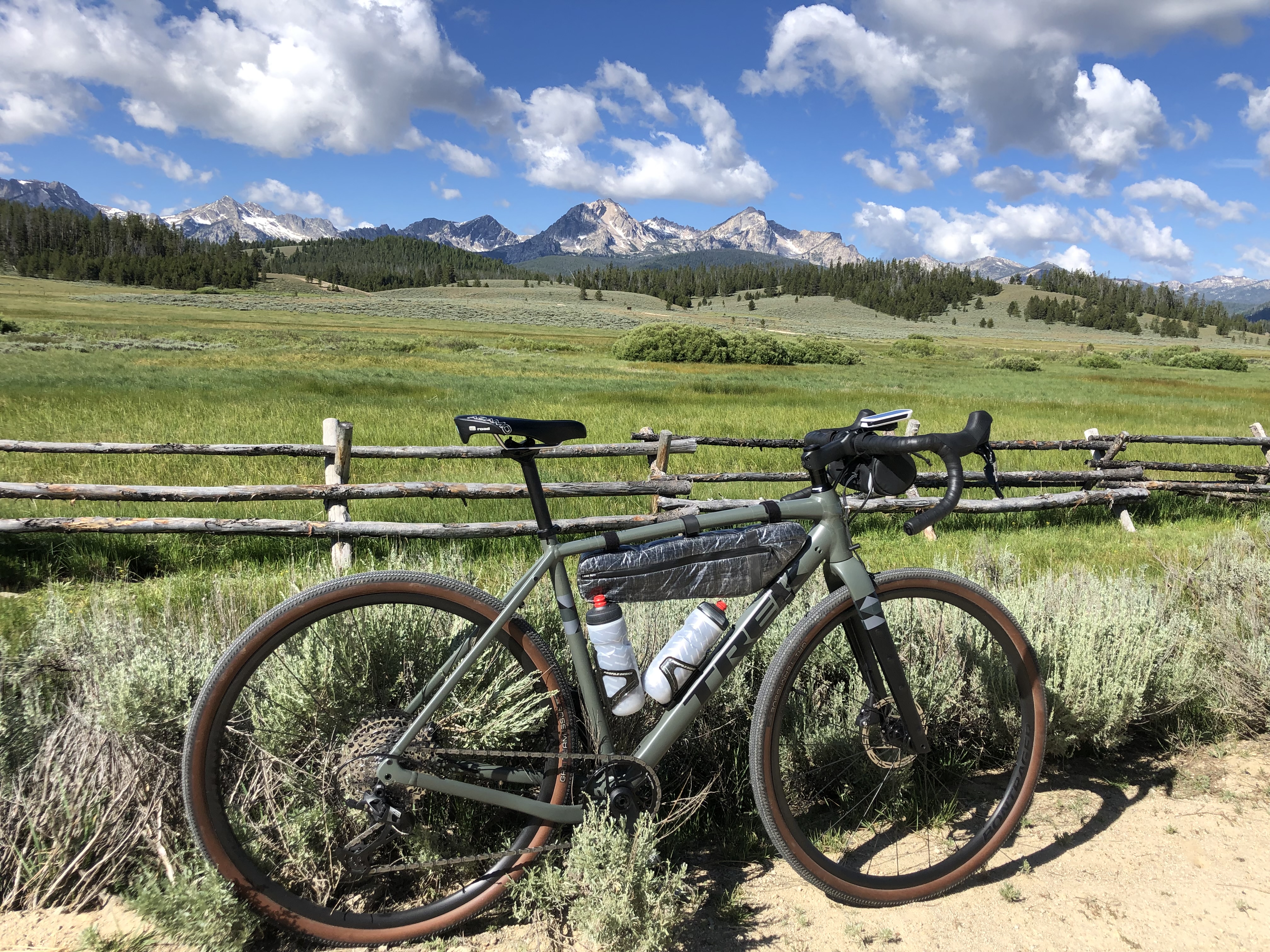 Trek Checkpoint
Trek Checkpoint
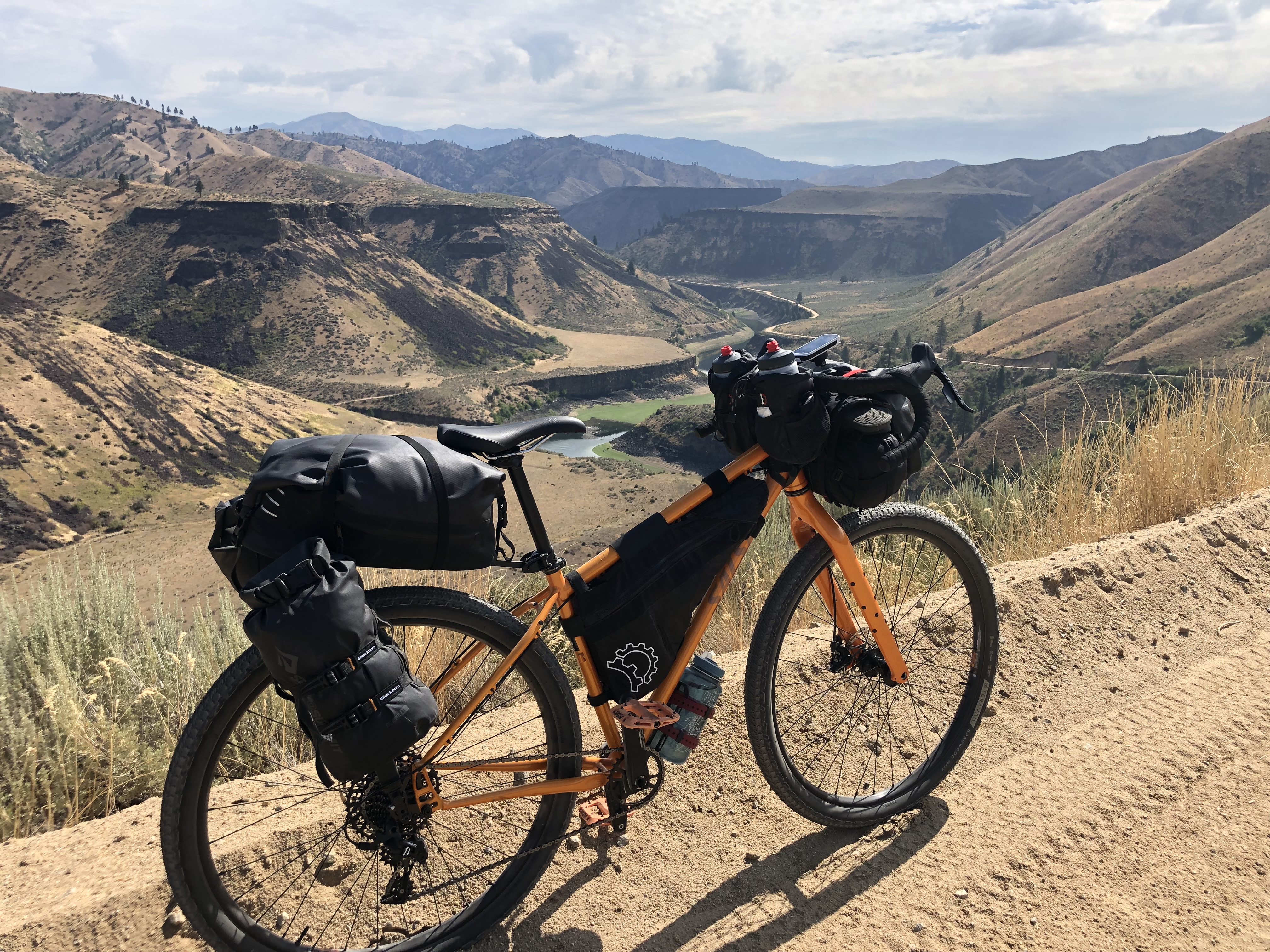 Salsa Fargo
Salsa Fargo
This refresh was long overdue as my beloved Look was nearly 20 years old and needed some work that was going to cost more than I wanted to spend on it. I don’t know exactly how many miles I put on it over those years, but I’m confident it was well over 50,000. So many training and club rides as well as centuries and double centuries. I spent so many hours on that thing it was kind of hard to see it go. But as they say, “Onwards and upwards….”
I was also sad to get rid of the Midnight Special, as I really liked that bike. I had mainly bought it for gravel riding, but for the type of gravel routes I do on a regular basis, it just wasn’t the right bike. The Checkpoint is so much lighter and has a lot better geometry, which is much more confidence-inspiring on the loose stuff. The Midnight Special was a bit of a deathtrap on steep gravel descents and there are plenty of those in the Boise foothills/mountains. Maybe someday I’ll splurge and get a steel road bike….
Our mountain bikes were seven years old, which I guess is getting up there in age. The real issue more than their age, though, was that they were 27.5+ and we really wanted more modern 29ers. So that’s what we got with the Roscoes, which have proven to be lots of fun so far.
I’ve been wanting a steel dropbar MTB for bikepacking for a while so when REI had the Fargo on sale this summer I decided to pull the trigger on that. The Salsa Fargo is kind of the OG dropbar MTB and it’s probably my favorite bike at the moment. I’m planning on writing more about my new bikepacking setup so I’ll save the details of that for my next post.
None of these are high-end bikes, which is how I prefer to roll these days. I mean, they’re all really solid bikes, but they aren’t terribly expensive/fancy. No carbon frames, no carbon wheels, no electronic shifting. I’m sure in the future I’ll buy a bike with electronic shifting, but I haven’t yet. Not spending a fortune for bikes is nice because, well, obviously it’s cheaper to refresh them when the time comes. Cheaper bikes also aren’t so “precious” that you’re afraid to actually use them. And after a few years when you do inevitably sell them for a loss the amount of money we’re talking about isn’t that great to cause much heartburn.
So a pretty big fail in the yearly plan, but not one I regret. We’ve already put them to good use and have a bunch of miles on all of them. Here’s to a lot more miles in the coming years.